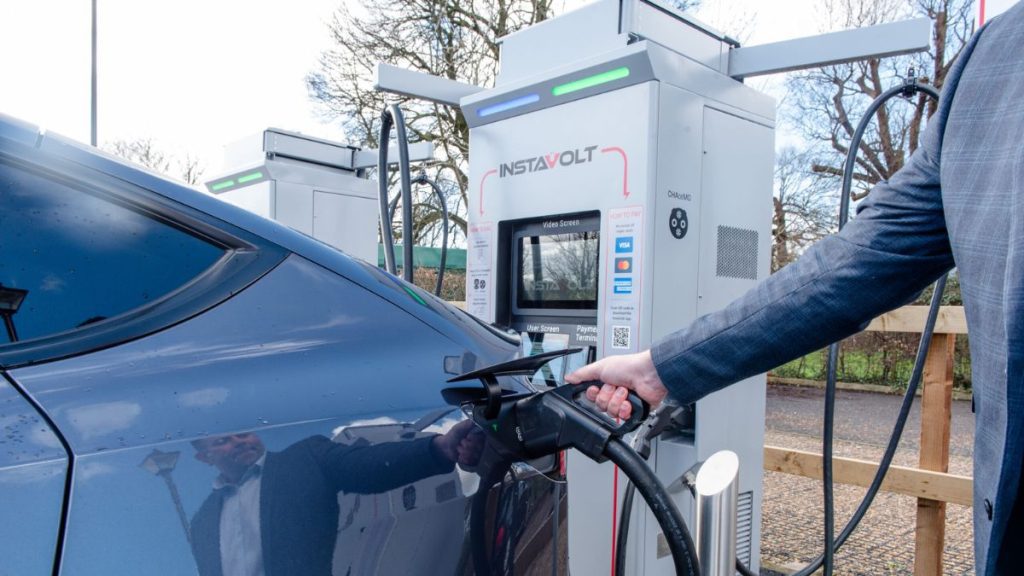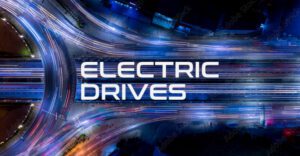- InstaVolt is a UK-based charge point operator (CPO), providing high power public charging with speeds ranging from 50kW up to 160kW.
- Initially starting out in the UK, InstaVolt is now expanding to offer its public charging infrastructure in other territories, including Spain, Portugal, and Iceland.
- This is our guide to the InstaVolt network, which offers chargers across a variety of locations – from motorway services to dedicated EV charging super hubs.
A guide to one of the largest public charging providers in the UK
InstaVolt Prices
As a general rule, InstaVolt charges at a peak rate of £0.89 per kWh, during the hours of 7am and 8pm. This rate remains true for both those using contactless payments directly on the machine or through a roaming network such as the InstaVolt Electroverse partnership, as well as those starting the charging process directly through the InstaVolt app or through one of its own RFID cards.
During its off-peak hours of 8pm to 7am, the firm offers a reduced charging price of £0.60 per kWh, however, this offer is only available to those using InstaVolt’s own app or RFID card. The app is free to sign up for however, so it’s a good opportunity to get a lower price for those late night and early morning charge ups.
Where can I find InstaVolt chargers?
In the UK, its charging locations take a fairly diverse spread. This includes chargers located directly on motorway services areas, as well as at key destinations such as restaurants and shops. It also has dedicated EV ‘superhubs’, such as its Winchester site, which offers up 44 ultra-rapid chargers and a number of on-site facilities. You can view the full list of InstaVolt locations through its website.
How to use an InstaVolt charger
Much like the rest of the public charging network, the process to start a charge on this network is simple. You have the option of either using the free InstaVolt app/RFID card, as well as paying for the charging through your contactless payment method or through an EV roaming network.
Its chargers are compatbile with all DC-capable EVs, while connectors on the charging stations include both CCS2 (compatible with the vast majority of modern EVs) as well as the older CHAdeMO connector type, allowing it to be compatible with older EVs such as the first generation Nissan Leaf.
InstaVolt charging speeds

Charging speeds on the network vary from 50kW to 160kW, depending on the location in question. The 160kW chargers certainly aren’t the fastest in the industry, with CPOs such as Fastned now opening 400kW chargers, but even some of the latest EVs on the market still only have a maximum charging speed of 100kW. With an EV that can take full advantage of its 160kW chargers, that’s enough to take a typical EV from 10% to 80% charge in around 30 minutes. Once a toilet and food break is taken into account, this charging speed could be enough for you.
Looking for an EV that can recharge in record time? Check out our guide to the fastest charging electric cars currently on the market.
Partly thanks to a plan to integrate battery storage at many of its sites to reduce grid barriers, InstaVolt is currently in the process upgrading some of its slower charging units up to 160kW units, bringing the opportunity of faster charging speeds to even more locations.


